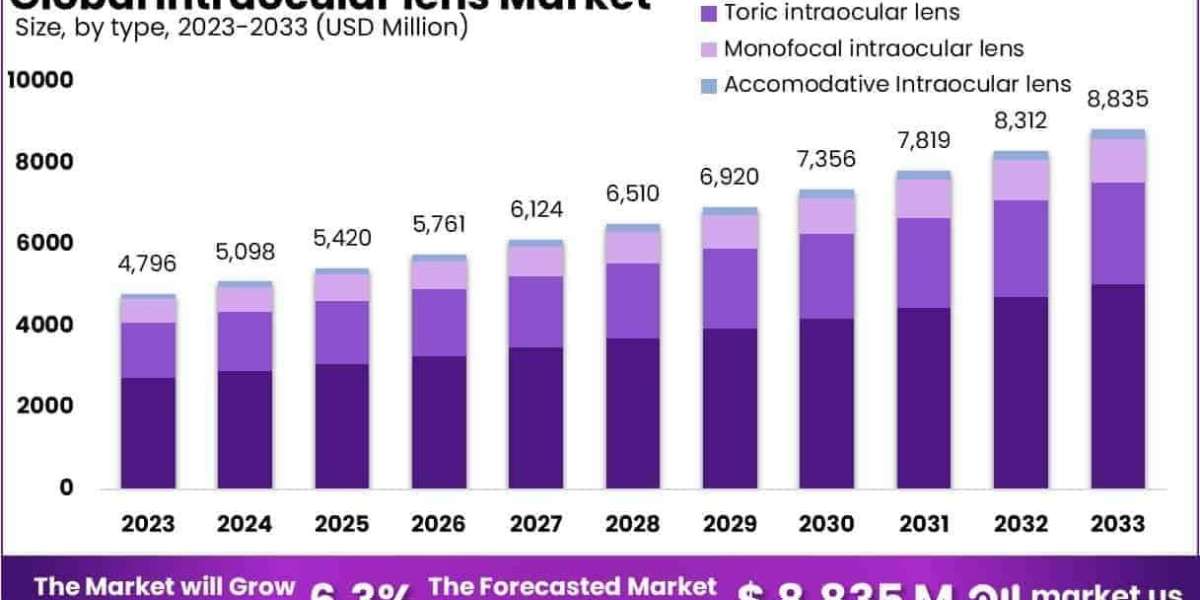Building successful wholesale marketplace platforms requires comprehensive understanding of user interactions, workflow complexities, and operational requirements across all stakeholder groups. Mapping critical user journeys ensures that platform functionality aligns with real-world business processes while identifying technical requirements for seamless user experiences. Professional eCommerce Software Solutions must accommodate diverse user needs, complex B2B workflows, and administrative oversight capabilities that enable scalable marketplace operations while maintaining security, compliance, and performance standards throughout all user interactions and business processes.
Defining Core Platform Roles and Responsibilities
Wholesale marketplaces serve three distinct user categories, each with unique requirements and interaction patterns. Suppliers (brands) need comprehensive tools for product catalog management, inventory tracking, order fulfillment, and customer relationship management. They require detailed analytics dashboards, pricing flexibility, and marketing capabilities to maximize their marketplace presence.
Buyers (retailers) seek efficient product discovery, streamlined ordering processes, inventory management integration, and financial tools including payment options and credit management. They need personalized recommendations, bulk ordering capabilities, and comprehensive supplier information to make informed purchasing decisions.
Administrators oversee platform operations, ensuring smooth transactions, resolving disputes, maintaining data quality, and monitoring compliance across all marketplace activities. They require powerful backend tools for user management, content moderation, and business intelligence reporting.
Essential User Flow Mapping
Brand onboarding workflows must guide suppliers through account verification, product catalog setup, pricing configuration, and policy establishment. Key touchpoints include:
- Identity verification and business credential validation
- Product catalog creation with images, descriptions, and specifications
- Pricing structures, minimum order quantities, and terms setup
- Shipping preferences and fulfillment capability configuration
Retailer purchase flows encompass product discovery, order placement, payment processing, and post-purchase management. Critical elements include:
- Advanced search and filtering capabilities for product discovery
- Detailed product information and supplier credibility indicators
- Streamlined checkout with multiple payment and financing options
- Order tracking, communication tools, and return management systems
Administrative workflows support platform governance, dispute resolution, and performance monitoring. Essential functions include:
- User verification and compliance monitoring systems
- Dispute mediation tools with evidence collection capabilities
- Comprehensive reporting dashboards for business intelligence
- Content moderation and quality assurance workflows
Understanding successful platform architectures requires studying proven models like wholesale marketplaces like Faire that demonstrate effective user journey optimization.
Key implementation requirements include:
- Scalable database architecture supporting complex product catalogs
- Real-time inventory synchronization and order management systems
- Advanced search and recommendation engine capabilities
- Comprehensive analytics and reporting infrastructure
- Robust security frameworks protecting sensitive business data
Successful marketplace development demands thorough user journey mapping that anticipates workflow complexities and provides intuitive solutions for all stakeholder needs.



